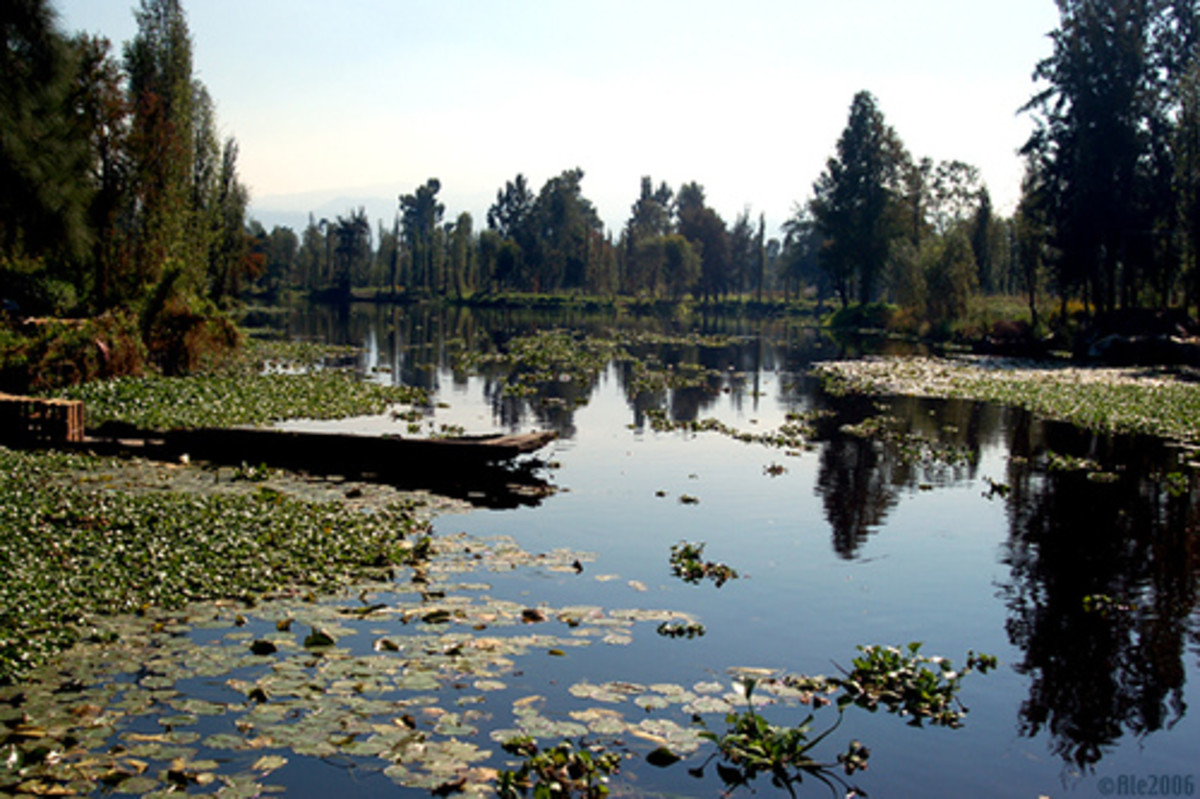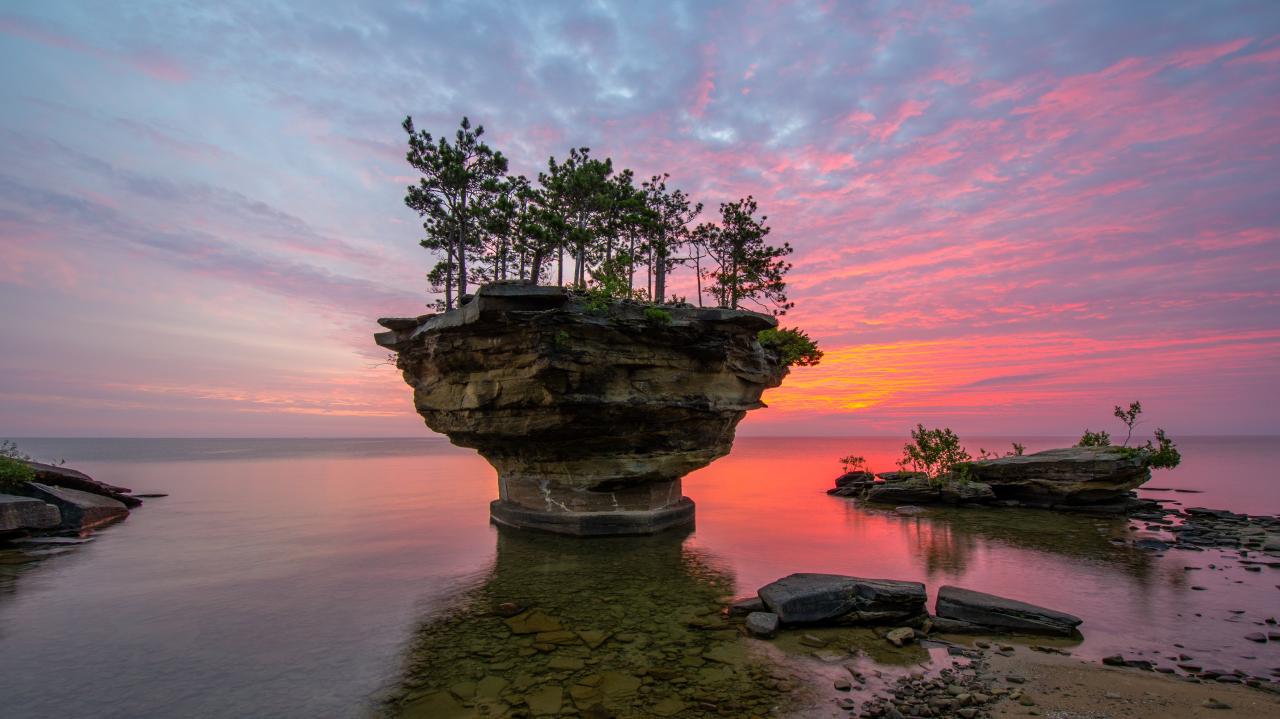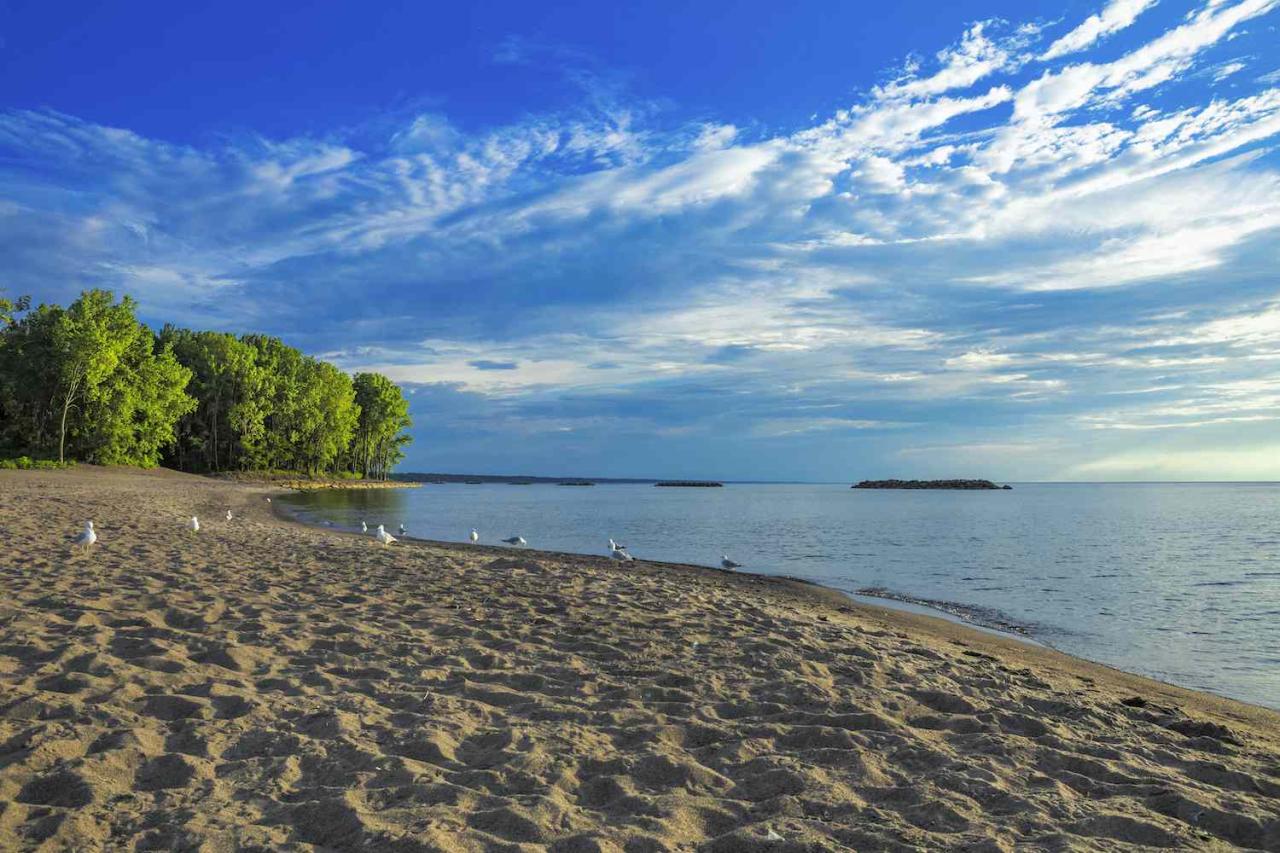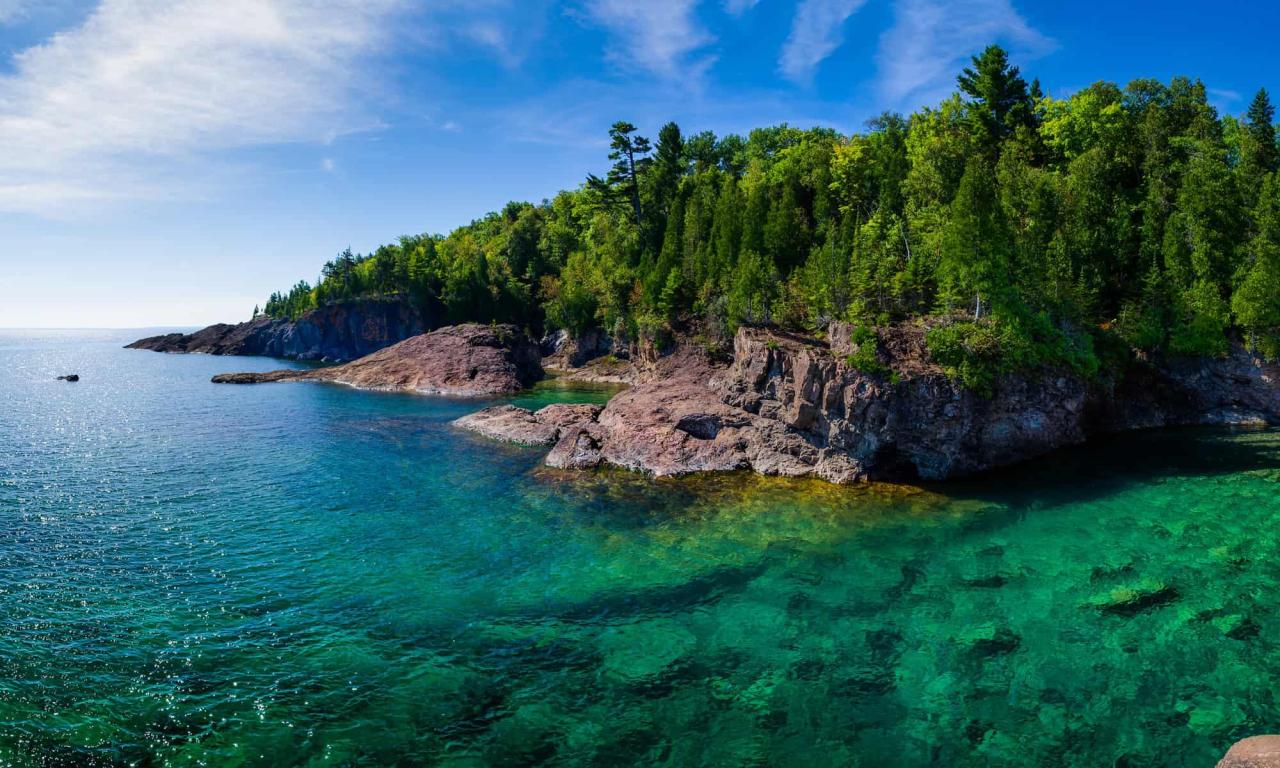Lake Xochimilco, a vibrant tapestry of canals and floating gardens, sits on the outskirts of Mexico City. This unique ecosystem, a testament to ancient Aztec ingenuity, is a captivating blend of history, culture, and natural beauty. The lake’s iconic chinampas, man-made islands crafted from interwoven reeds and mud, have sustained generations of farmers and are a UNESCO World Heritage Site.
Xochimilco’s history stretches back centuries, intertwined with the rise and fall of civilizations. The Aztecs, who once thrived in this region, saw the lake as a vital source of food and a hub for trade. Today, Xochimilco continues to enchant visitors with its colorful trajineras (gondolas), traditional music, and delectable cuisine.
Introduction to Xochimilco
Xochimilco, a vibrant and historically rich district in Mexico City, is renowned for its unique ecosystem and cultural heritage. This captivating destination offers a glimpse into the past, showcasing the ingenuity of ancient civilizations and the resilience of nature.
Historical Significance
Xochimilco’s history stretches back to the pre-Hispanic era, when it served as a vital agricultural center for the Aztec civilization. The area was known as “Xochimilco,” meaning “place of the flowers,” due to its abundance of flora and fauna. The Aztecs established a sophisticated system of agriculture known as chinampas, which transformed the shallow lake into fertile land.
This remarkable feat of engineering allowed them to cultivate a diverse range of crops, contributing significantly to the sustenance of the Aztec Empire.
Geographical Location and Connection to Mexico City
Located in the southern part of Mexico City, Xochimilco is an integral part of the metropolis, yet it retains a distinct identity. The district is characterized by a network of canals and interconnected islands, a remnant of the ancient lake system that once covered the Valley of Mexico.
This unique geographical feature distinguishes Xochimilco from the rest of the city, offering a tranquil escape from the urban bustle.
Unique Ecological Features, Lake xochimilco
Xochimilco’s ecological features are truly remarkable. The canals, a legacy of the ancient lake system, weave through the district, providing a picturesque backdrop for traditional boats and a haven for diverse aquatic life. The chinampas, artificial islands created by the Aztecs, are a testament to their ingenuity and ecological understanding.
These floating gardens are constructed using a combination of mud, reeds, and other natural materials, creating fertile ground for agriculture.
- The canals of Xochimilco support a rich ecosystem, teeming with fish, amphibians, birds, and other aquatic life.
- The chinampas, once a vital source of food for the Aztec civilization, continue to be a significant part of the district’s agricultural landscape.
- The diverse flora and fauna of Xochimilco, including various species of plants, birds, and insects, contribute to the district’s ecological richness.
The Chinampas of Xochimilco
The chinampas, a testament to the ingenuity of the Aztec civilization, are a defining feature of Xochimilco. These floating gardens, created by weaving together reeds and mud, transformed the shallow lake into fertile land, allowing for sustainable agriculture. The chinampas played a vital role in the Aztec Empire, providing a reliable source of food for its inhabitants.
Origins and Development
The origins of chinampas can be traced back to the pre-Hispanic era, when the Aztecs faced the challenge of cultivating crops in the shallow waters of the Valley of Mexico. They developed a unique system of agriculture by constructing artificial islands, known as chinampas, using natural materials like reeds, mud, and tree branches.
These floating gardens were then anchored to the lakebed, creating fertile land for cultivation.
Traditional Methods of Cultivation
The traditional methods of cultivating chinampas involved a combination of sustainable practices and natural materials. The Aztecs carefully selected the location for their chinampas, ensuring that they were positioned in areas with adequate sunlight and water access. They used natural fertilizers, such as animal manure and compost, to enrich the soil.
The use of natural materials and sustainable practices ensured that the chinampas remained fertile and productive over time.
Crops and Agricultural Products
Chinampas were used to cultivate a wide variety of crops, including corn, beans, squash, tomatoes, chilies, and flowers. These crops were essential for the sustenance of the Aztec civilization, providing food, medicine, and other essential resources. The chinampas also served as a source of income for local communities, with farmers selling their produce in markets throughout the region.
- Corn, a staple food for the Aztecs, was a major crop grown on chinampas.
- Beans, another essential source of protein, were widely cultivated on chinampas.
- Squash, tomatoes, and chilies were also important crops grown on chinampas, adding variety and flavor to the Aztec diet.
- Flowers, grown on chinampas, were used for ornamental purposes and for medicinal purposes.
Xochimilco as a Tourist Destination
Xochimilco is a popular tourist destination, attracting visitors from around the world who are eager to experience its unique cultural heritage and ecological beauty. The district offers a range of attractions and activities, from traditional boat rides on the canals to exploring the vibrant markets and enjoying local cuisine.
Main Attractions and Activities
Xochimilco offers a unique blend of history, culture, and natural beauty, making it a captivating destination for tourists. Visitors can explore the canals on colorful trajineras, traditional boats adorned with vibrant decorations, and enjoy live music and traditional dance performances.
The district also boasts a number of museums and cultural centers, showcasing the history and art of Xochimilco.
- Trajineras, colorful boats that cruise through the canals, offer a unique perspective on the beauty of Xochimilco.
- The Mercado de Flores, a vibrant flower market, is a popular destination for tourists looking for unique souvenirs and floral arrangements.
- The Museo del Canal de Xochimilco, a museum dedicated to the history and culture of the district, offers insights into the rich heritage of Xochimilco.
Trajineras and Their Role in Tourism
The trajineras, brightly colored boats adorned with flowers and festive decorations, are an iconic symbol of Xochimilco. These boats have played a significant role in the district’s tourism industry, offering visitors a unique way to experience the canals and the surrounding beauty.
Trajineras are often decorated with themes related to Mexican culture, such as mariachi music, traditional costumes, and folklore.
Cultural Significance of Traditional Music, Dance, and Cuisine
Xochimilco is renowned for its rich cultural heritage, reflected in its traditional music, dance, and cuisine. The district’s traditional music, often characterized by lively melodies and upbeat rhythms, is a key part of the cultural experience. Traditional dance performances, featuring colorful costumes and graceful movements, are also a popular attraction in Xochimilco.
The district’s cuisine, a blend of indigenous and Spanish influences, is known for its flavorful dishes and unique ingredients.
- Mariachi music, a popular genre in Mexico, is often played on trajineras, adding to the festive atmosphere of Xochimilco.
- Traditional dance performances, such as the Jarabe Tapatío, showcase the rich cultural heritage of Mexico.
- Xochimilco’s cuisine features a variety of dishes, including mole, tamales, and pozole, reflecting the district’s culinary heritage.
Environmental Challenges and Conservation Efforts: Lake Xochimilco
Despite its beauty and cultural significance, Xochimilco faces a number of environmental challenges, including pollution, urbanization, and the decline of chinampas. These challenges threaten the unique ecosystem and cultural heritage of the district, highlighting the need for conservation efforts to protect this valuable resource.
Environmental Challenges
Xochimilco’s environmental challenges are multifaceted, stemming from a combination of factors, including pollution from industrial activities, agricultural runoff, and sewage discharge. Urbanization has also led to the encroachment of concrete and asphalt, reducing the area available for chinampas and affecting the natural flow of water.
The decline of chinampas, a result of pollution, urbanization, and a shift away from traditional agricultural practices, has further impacted the ecosystem.
- Pollution from industrial activities, agricultural runoff, and sewage discharge has contaminated the canals and affected the health of the ecosystem.
- Urbanization has led to the encroachment of concrete and asphalt, reducing the area available for chinampas and affecting the natural flow of water.
- The decline of chinampas, a result of pollution, urbanization, and a shift away from traditional agricultural practices, has further impacted the ecosystem.
Conservation Efforts
Recognizing the importance of preserving Xochimilco’s unique ecosystem and cultural heritage, various conservation efforts are underway to address the environmental challenges facing the district. These efforts include promoting sustainable tourism, restoring chinampas, and raising awareness about the importance of protecting the environment.
- Organizations are working to promote sustainable tourism practices in Xochimilco, encouraging visitors to respect the environment and support local communities.
- Efforts are underway to restore chinampas, reviving traditional agricultural practices and promoting the use of sustainable methods.
- Educational programs are being implemented to raise awareness about the importance of protecting Xochimilco’s unique ecosystem and cultural heritage.
Initiatives Promoting Sustainable Tourism and Environmental Awareness
A number of initiatives are being implemented to promote sustainable tourism and environmental awareness in Xochimilco. These initiatives aim to educate visitors about the importance of preserving the district’s ecosystem and cultural heritage, encouraging them to adopt responsible practices during their visit.
For example, some tour operators offer eco-friendly boat tours, highlighting the importance of respecting the environment. Educational programs are also being implemented in schools and community centers to raise awareness about the importance of protecting Xochimilco’s unique ecosystem.
The Future of Xochimilco
Xochimilco’s future holds both challenges and opportunities. The district faces the ongoing threat of pollution, urbanization, and the decline of chinampas, but it also has the potential to continue to thrive as a cultural and ecological destination. By addressing the challenges and embracing innovation, Xochimilco can secure a sustainable future for generations to come.
Continued Development as a Cultural and Ecological Destination
Xochimilco has the potential to continue to thrive as a cultural and ecological destination. By promoting sustainable tourism, preserving traditional practices, and investing in conservation efforts, the district can attract visitors while safeguarding its unique ecosystem and cultural heritage. The district’s rich history, vibrant culture, and picturesque landscapes offer a unique experience for tourists, making it a valuable destination for cultural and ecological tourism.
Role of Technology and Innovation
Technology and innovation can play a crucial role in addressing the challenges facing Xochimilco. For example, advanced water treatment technologies can be used to reduce pollution, and innovative agricultural techniques can be employed to improve the sustainability of chinampas. Technology can also be used to promote sustainable tourism, providing visitors with information about the district’s history, culture, and environmental challenges.
Plan for Promoting Preservation and Sustainable Management

A comprehensive plan for promoting the preservation and sustainable management of Xochimilco should include the following elements:
- Investing in infrastructure improvements, such as water treatment facilities and waste management systems, to reduce pollution and protect the ecosystem.
- Supporting the restoration and revitalization of chinampas, promoting traditional agricultural practices and encouraging sustainable methods.
- Promoting sustainable tourism practices, educating visitors about the importance of preserving the district’s ecosystem and cultural heritage.
- Investing in educational programs to raise awareness about the importance of protecting Xochimilco’s unique ecosystem and cultural heritage.
- Collaborating with local communities, government agencies, and non-governmental organizations to ensure a coordinated approach to conservation and sustainable management.
Ending Remarks
Xochimilco stands as a testament to the enduring power of human ingenuity and the importance of preserving our natural heritage. While facing challenges like pollution and urbanization, Xochimilco remains a vibrant reminder of Mexico’s rich cultural tapestry. Conservation efforts, coupled with responsible tourism, are crucial to ensuring that this unique ecosystem thrives for generations to come.













